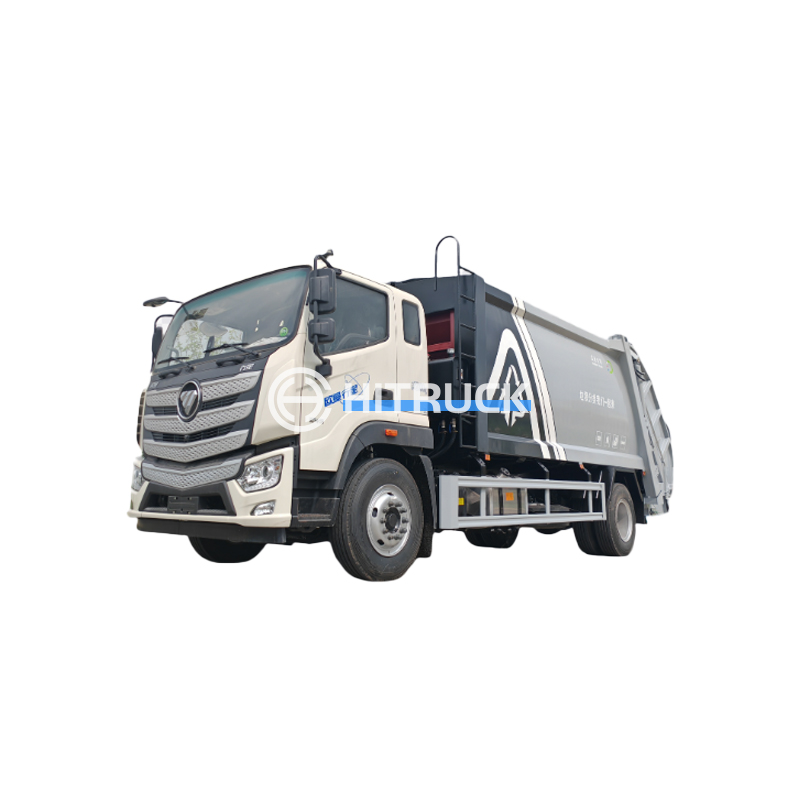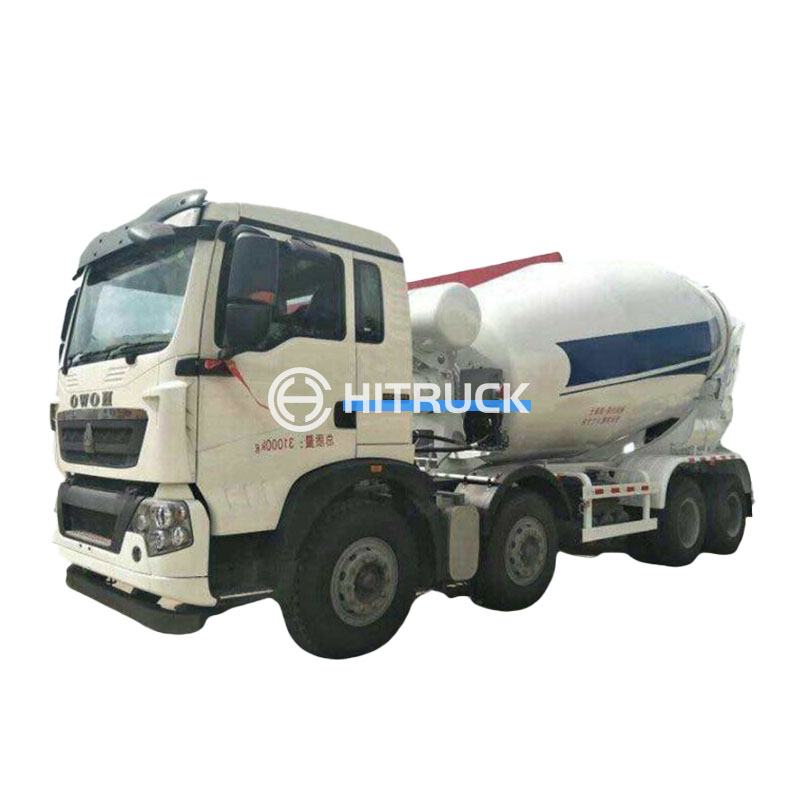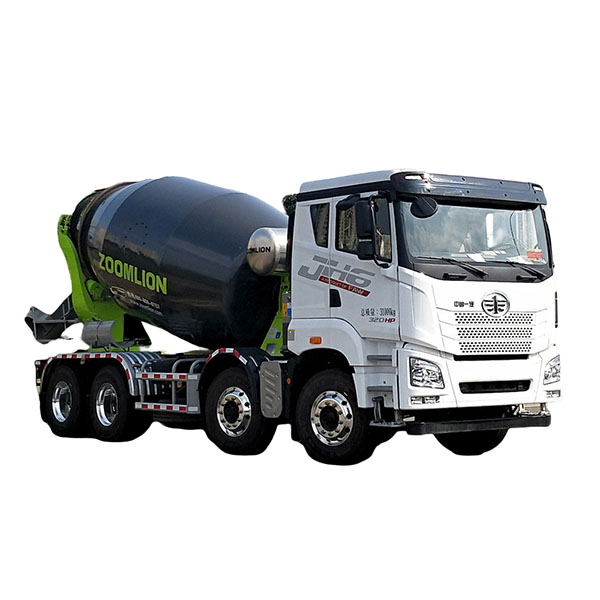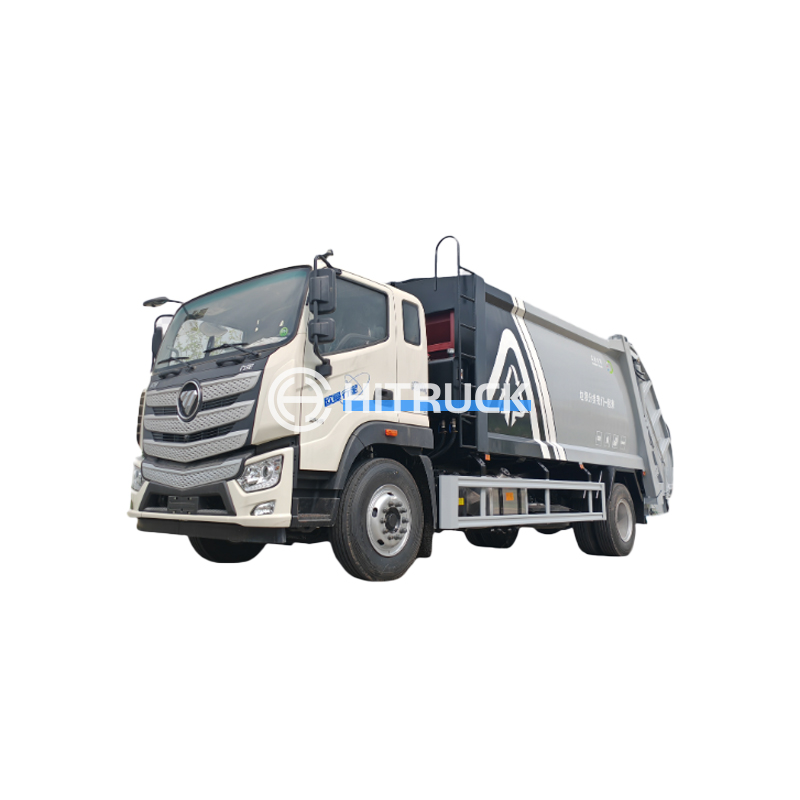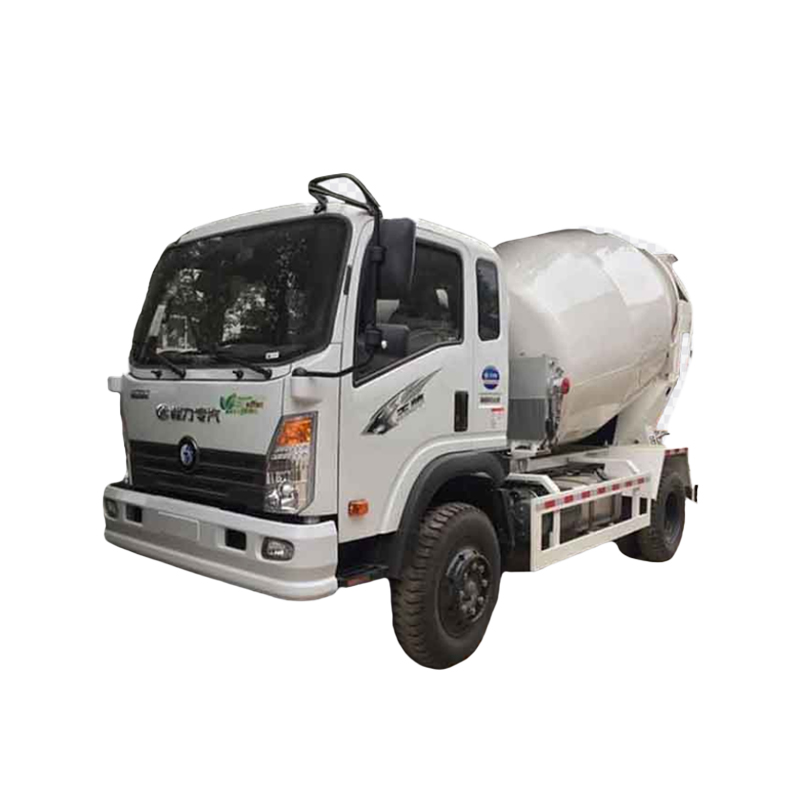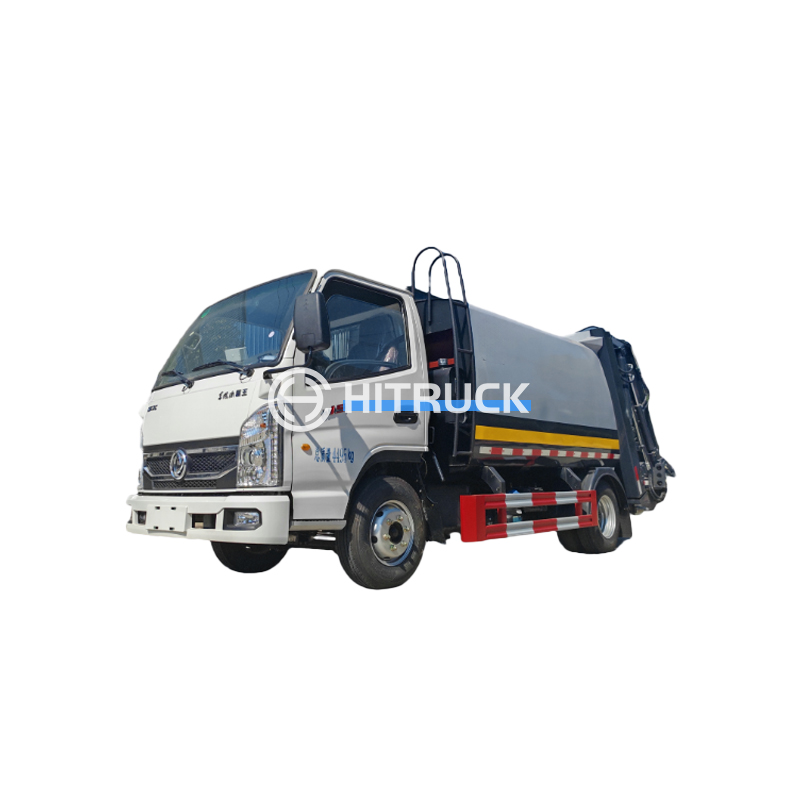This article explores the key distinctions between ambulances and fire trucks, examining their respective roles, equipment, and functionalities. We'll delve into the design considerations, technological advancements, and the crucial differences that define their unique purposes in emergency response. Learn about the specific features that make each vehicle vital in its respective field, and understand why both are essential parts of a comprehensive emergency medical and fire service system.
The primary function of an ambulance is the rapid transport of patients requiring emergency medical care to a hospital or other suitable healthcare facility. Ambulances are equipped with life-saving medical equipment and staffed by trained paramedics or EMTs who provide on-scene care and en route treatment. This includes administering medications, performing CPR, and monitoring vital signs to stabilize patients during transport. The design prioritizes patient comfort and safety, featuring features like stabilizing equipment and specialized lighting for nighttime operations.
Essential equipment found in most ambulances includes stretchers, oxygen tanks, defibrillators, cardiac monitors, suction devices, and various medical supplies. Advanced ambulances may incorporate sophisticated technology such as telemedicine capabilities for remote consultations with specialists. The internal layout is designed for efficient patient handling and access to medical equipment.
Unlike ambulances, fire trucks are primarily designed for fire suppression, rescue operations, and hazardous material response. They carry a range of equipment for extinguishing fires, including water tanks, hoses, pumps, and specialized extinguishing agents. Fire trucks also carry tools for rescue operations, such as hydraulic rescue equipment (the Jaws of Life), and equipment to handle hazardous materials.
The equipment carried on a fire truck varies depending on its specific type and intended use. Common features include a water tank, pump, hoses, ladders, axes, and other specialized tools. Some fire trucks are equipped with aerial ladders for reaching high-rise buildings, while others are designed for hazardous material spills. The design emphasizes durability and the ability to withstand harsh conditions.
While both ambulances and fire trucks are critical components of emergency response systems, their functions, equipment, and design differ significantly. The following table highlights the key differences:
| Feature | Ambulance | Fire Truck |
|---|---|---|
| Primary Function | Emergency Medical Transport & Care | Fire Suppression, Rescue, Hazardous Material Response |
| Key Equipment | Stretchers, oxygen, defibrillators, medical supplies | Water tank, hoses, pumps, ladders, rescue tools |
| Crew | Paramedics, EMTs | Firefighters |
For more information on high-quality emergency vehicles, consider exploring resources like Suizhou Haicang Automobile sales Co., LTD. They offer a wide range of vehicles designed to meet the diverse needs of emergency response teams.
While both ambulances and fire trucks play distinct roles, their collaborative efforts are essential for ensuring the safety and well-being of communities.

